When Andrew Hunter came through Oklahoma City, I asked him if he'd been to Turner Joy, in Bremerton, near where he lived. He admitted to having never heard of it, so I decided to put together a list of museum ships in the US. It's sorted by state, then city, so it should be fairly easy to get an idea of where the nearest ones to you are. I apologize for not being able to provide links to the ships directly, but they can be found in the Wikipedia list I got the data from. The Historic Naval Ships Association is also an excellent resource.
Anyway, I highly encourage you to go and support these ships. A museum ship is also a fiscal black hole, and we should all try to preserve them for the future. I've put asterisks next to ships I've visited personally.

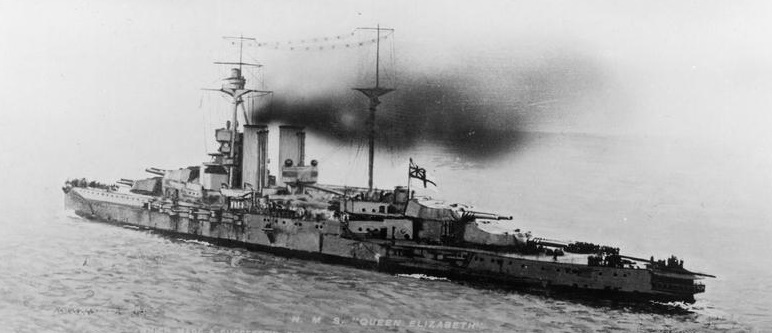

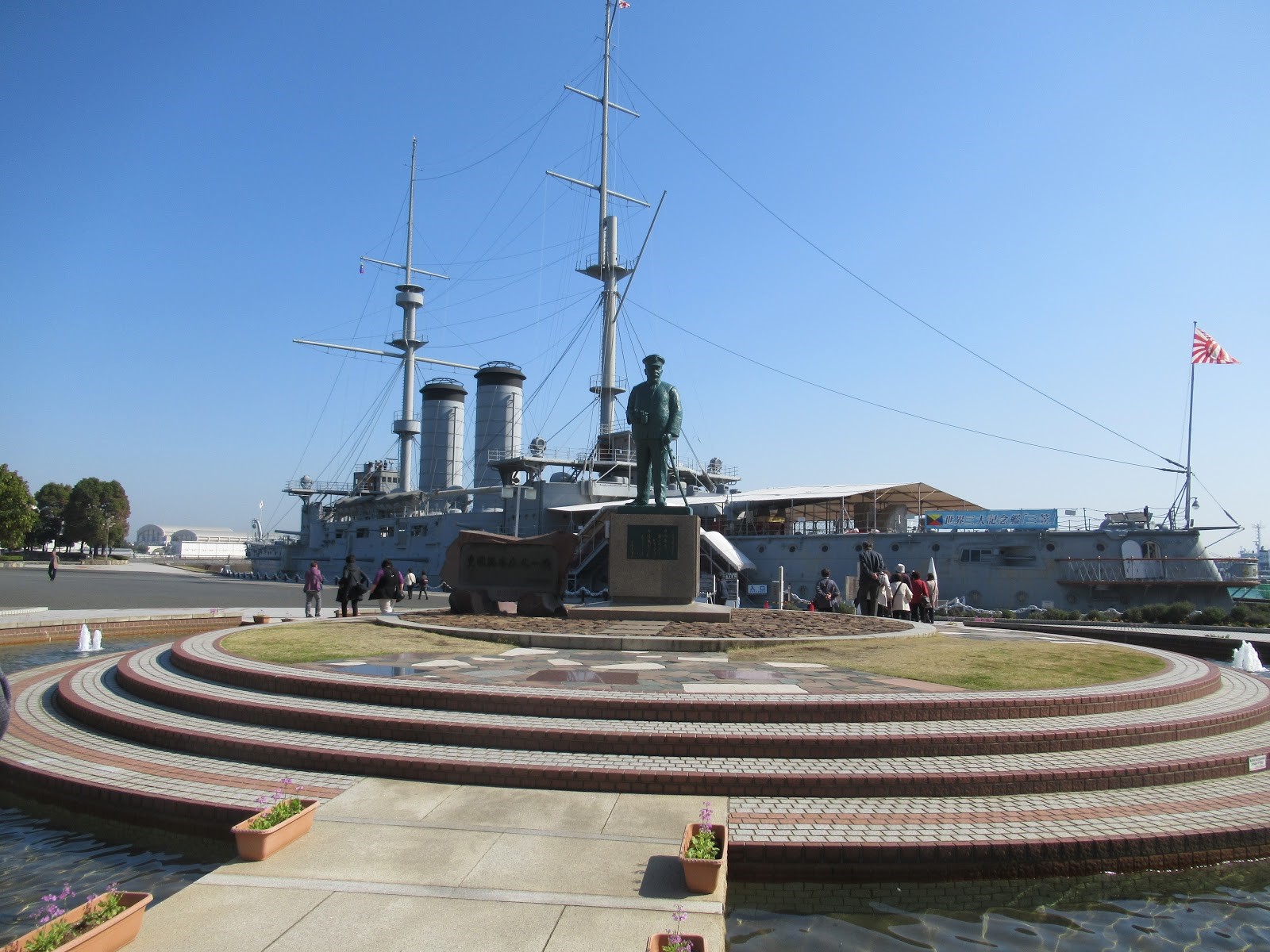
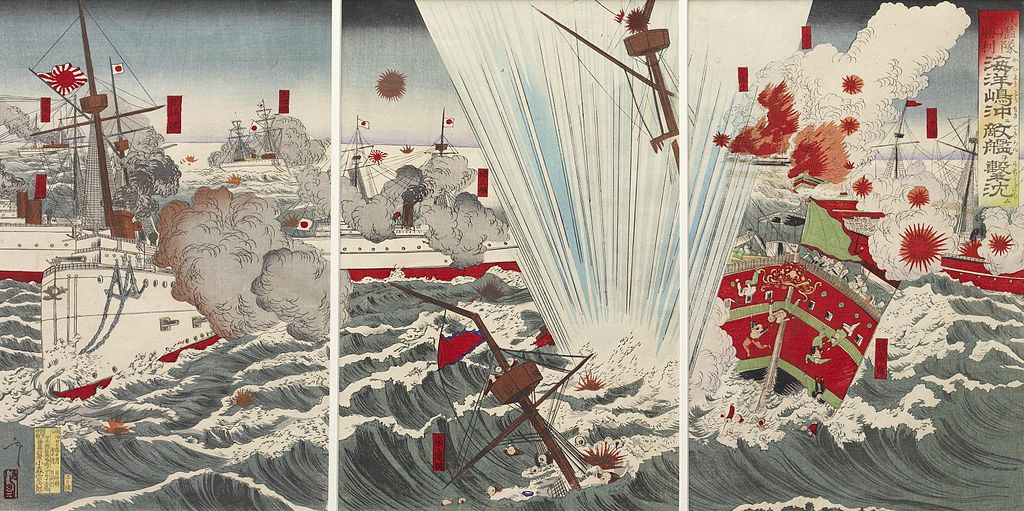
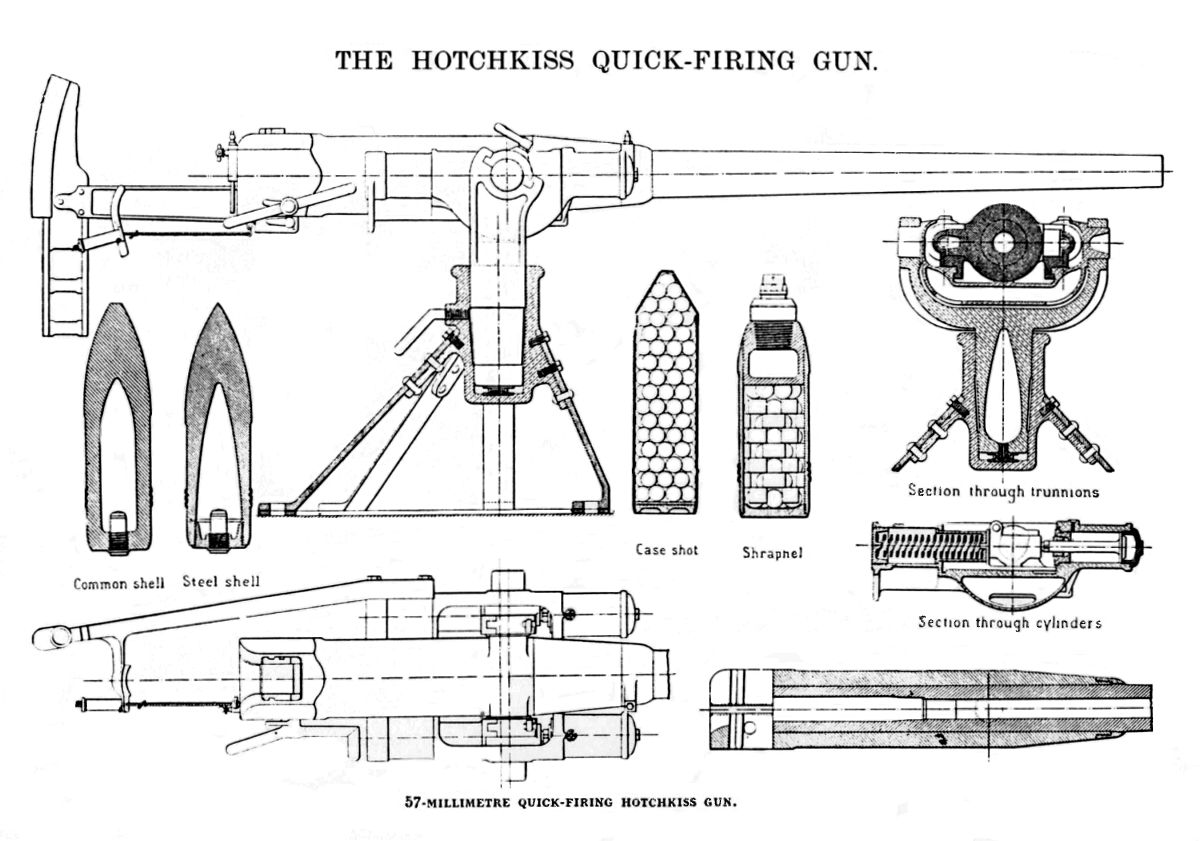
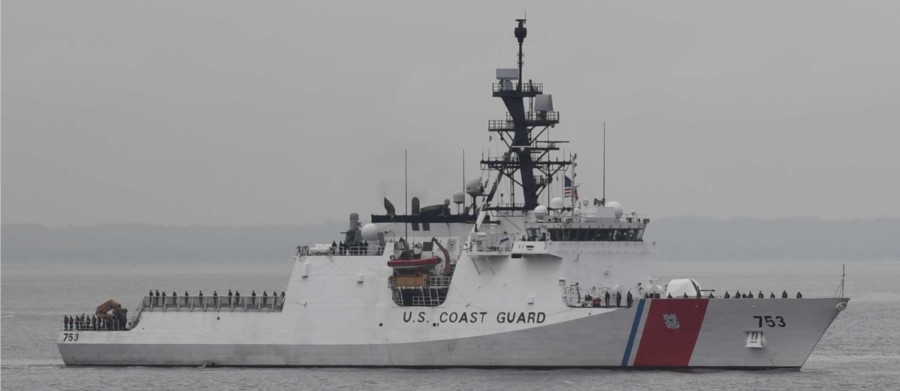
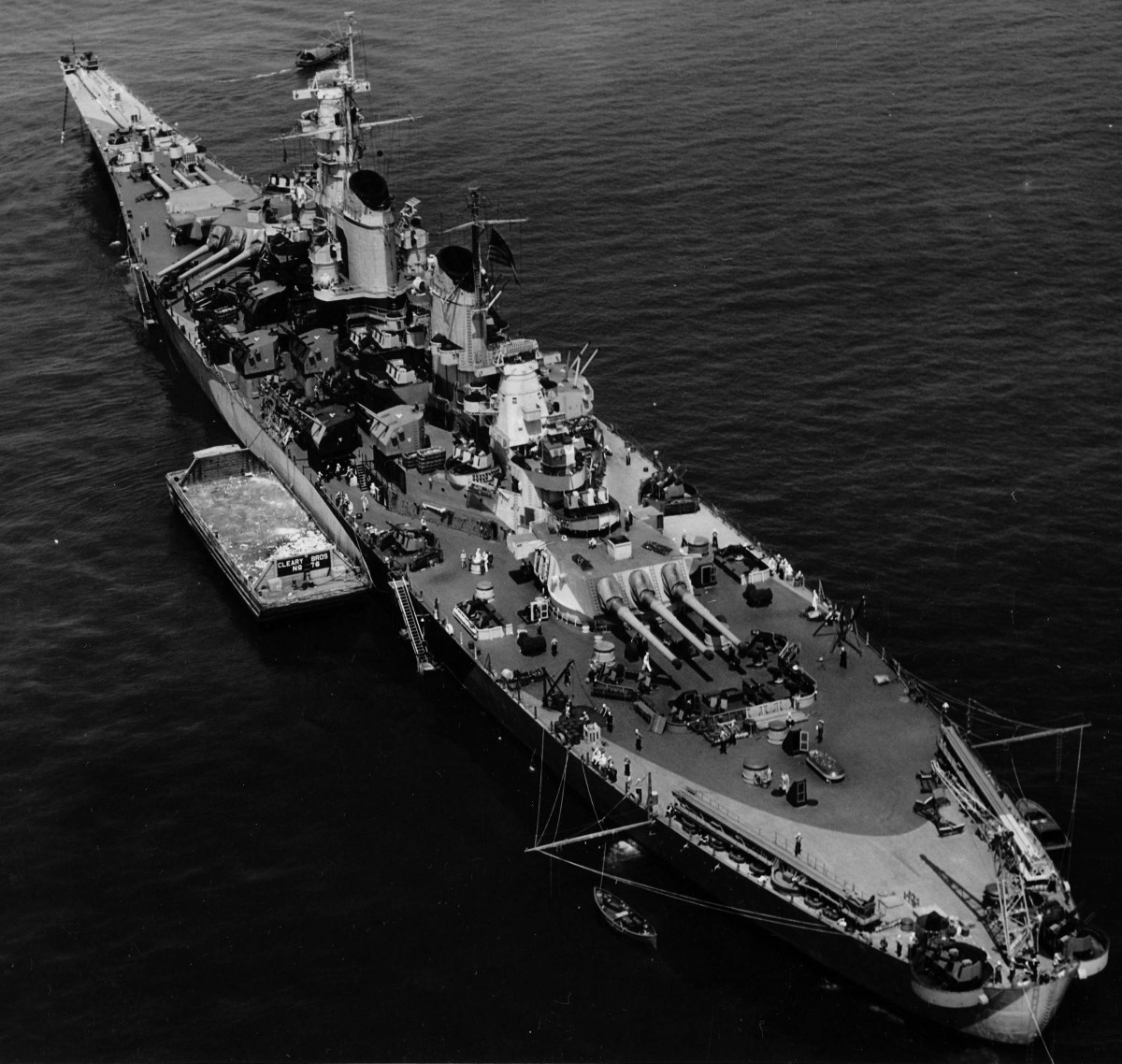
Recent Comments